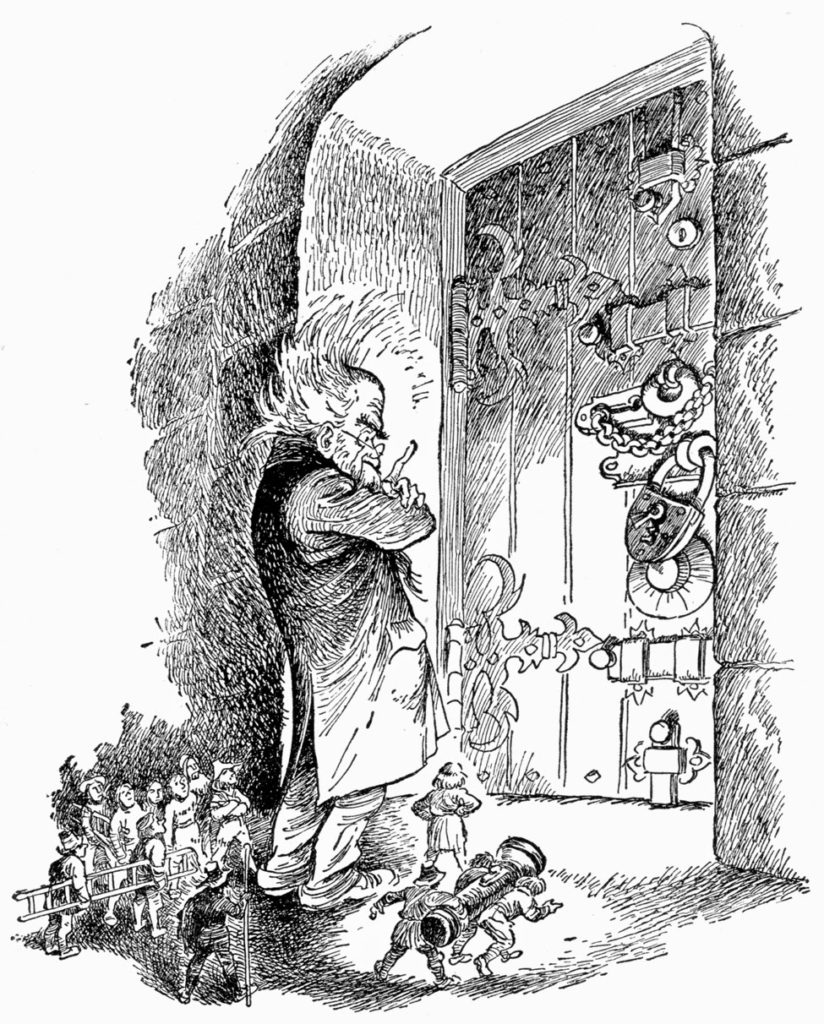
Monday
Literature majors will find their training useful in understanding why Donald Trump has chosen to shut down the government. It has to do with the difference between the symbolic and the literal.
A literal wall makes very little sense, with the $5.5 billion dollars that Trump is demanding from American taxpayers (not from Mexico) set to become $5.5 billion down the drain. No one with any expertise in the matter thinks the money will result in anything of significance.
Students of literature understand the power of symbols, however, and as a symbol, the wall is very important to Trump and his rightwing base. That’s because it signals to the world that America considers brown people to be a threat to white people.
According to a recent New York Times article, the idea of the wall was originally cooked up by Trump’s early campaign advisors, who wanted to find a good mnemonic to keep Trump’s mind on immigration. The wall then took on a life of its own.
Some of Trump’s spokespersons have tried to elide the symbolic and the literal, with Sen. Lindsey Graham saying outright that the wall is “a metaphor for border security,” and Kellyanne Conway explaining that it’s all just a “semantic argument.” Former White House Chief of Staff John Kelly recently told the Los Angeles Times that Trump abandoned the notion of “a solid concrete wall early on in the administration.”
And then there was this:
Days after his inauguration, he told Mexico’s president of his “political bind, because I have to have Mexico pay for the wall – I have to. I’ve been talking about it for a two-year period.”
When his counterpart reiterated firm opposition, a leaked transcript of their phone call showed, Trump replied: “But you cannot say that to the press. The press is going to go with that, and I cannot live with that.”
The Democrats understandably don’t want to spend $5.5 billion for a metaphor, especially one they disagree with, although they are willing to spend money on “border security.” But Donald Trump can’t admit publicly that the wall is just a metaphor. Although metaphors are powerful—the wall metaphor helped him win the presidency, after all—he has to convince his base that the wall has an existence beyond words. Thus his insistence that it must be concrete. Or steel slats. Or invisible steel. But not invisible electronics because they are not solid enough. (Perhaps they sound too much like a metaphor.) No, it must be something you can feel.
At this point, I think of how magical realism operates, taking metaphors and making them real. African Americans are haunted by their slave past so Toni Morrison imagines a literal haunting in Beloved. India has dreams of a multi-ethnic confederation so Salman Rushdie comes up with the idea of children from all over India born at the stroke of midnight of the country’s independence who can communicate telepathically with each other.
Outside fiction, however, people have a limited tolerance for symbolism, at least when harsh reality intrudes. Sometimes the sticking point is money, and estimates put the actual cost of Trump’s wall between $20-40 billion. No one wants to spend that kind of money.
$5.5 billion, on the other hand, is real enough to make Rush Limbaugh and Anne Coulter feel that Trump has acknowledged their concerns but not so much as to seem outlandish. In short, what will make the wall real and not just metaphorical is the fact that some money has been spent on it. Once the money is allotted, it doesn’t matter whether it accomplishes what Trump say it will, and rightwing media will allow Trump to open the government again. Until the next time.
Note how, anytime someone tries to pin down the president or the wall’s supporters, the wall slides from the literal to the metaphorical. People don’t talk about the reality of border crossings but terrorism, gang violence, and a host of other ills, many unrelated to the wall. The dull task of actually enhancing border security is not as dramatic as rightwing anxieties.
Incidentally, I got the idea for today’s post after attending Professor Julia Gatta’s Sunday School talk yesterday on the eucharist and transubstantiation (see her recent book Life in Christ: Practicing Christian Spirituality). Christians believe that communion bread becoming the body of Christ is literal fact and doesn’t depend on the belief of individuals. Subjectivity enters the picture only in people perceiving (or not) the transformation at work.
Apparently rightwing Trump enthusiasts believe in their own miracle—that a few miles of wall will make America great again. Or more accurately, that a metaphor backed up by $5.5 billion and a government shutdown will do the trick.